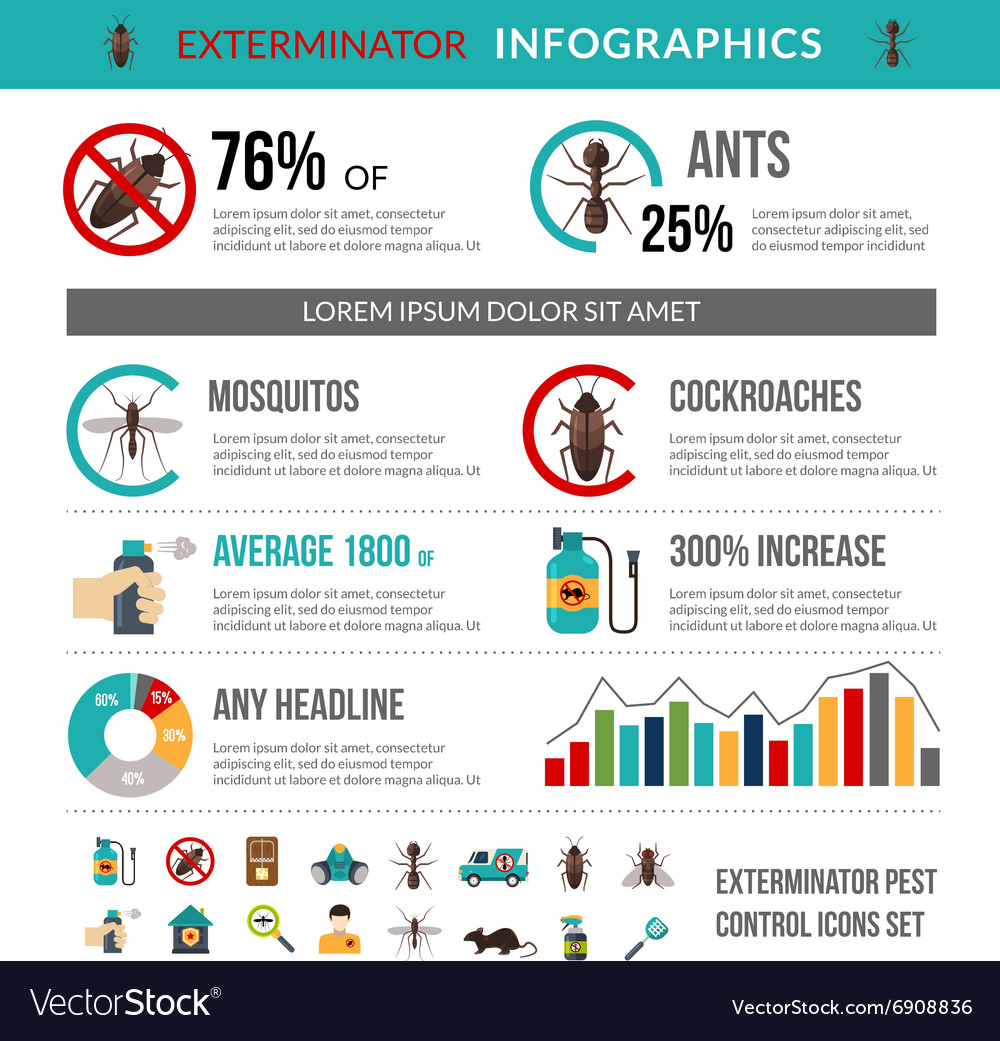Tips For Homeowners To Maintain Rodents Out Of Their Attic Rooms
Tips For Homeowners To Maintain Rodents Out Of Their Attic Rooms
Blog Article
Personnel Author-McNeill Blankenship
Envision your attic as a comfy Airbnb for rodents, with insulation as fluffy as resort cushions and wiring much more luring than area solution. Now, visualize these undesirable visitors tossing a wild party in your house while you're away. As a house owner, ensuring your attic room is rodent-proof is not just about peace of mind; it's about safeguarding your home and liked ones. So, what simple steps can you take to safeguard your refuge from these hairy intruders?
Inspect for Entry Things
To begin rodent-proofing your attic, inspect for entry points. Beginning by meticulously examining the exterior of your home, searching for any openings that rats can make use of to access to your attic room. Check for gaps around energy lines, vents, and pipes, along with any kind of splits or openings in the structure or home siding. Make sure to pay very close attention to locations where various structure materials meet, as these prevail entrance points for rodents.
Additionally, inspect the roof covering for any damaged or missing roof shingles, along with any type of spaces around the sides where rodents might squeeze via. Inside the attic room, seek indicators of existing rodent task such as droppings, ate wires, or nesting products. Use a flashlight to extensively inspect dark corners and covert rooms.
Seal Cracks and Gaps
Evaluate your attic room thoroughly for any type of splits and gaps that require to be secured to avoid rodents from going into. Rodents can squeeze via also the smallest openings, so it's crucial to secure any possible entry points. Inspect around pipes, vents, cable televisions, and where the wall surfaces fulfill the roof. Make use of a combination of steel woollen and caulking to seal these openings properly. Steel woollen is a superb deterrent as rodents can not chew via it. Guarantee that all spaces are firmly secured to refute access to undesirable pests.
Don't forget the value of sealing spaces around doors and windows as well. link web page stripping or door moves to seal these areas efficiently. Check the locations where energy lines enter the attic room and secure them off utilizing a suitable sealant. By making the effort to secure all splits and voids in your attic, you develop a barrier that rodents will certainly locate challenging to violation. Prevention is type in rodent-proofing your attic, so be thorough in your efforts to seal any type of potential entrance factors.
Eliminate Food Sources
Take positive steps to eliminate or save all potential food resources in your attic room to discourage rodents from infesting the room. Rodents are drawn in to food, so removing their food resources is crucial in maintaining them out of your attic.
Below's what you can do:
1. ** Store food firmly **: Avoid leaving any food items in the attic room. Shop all food in closed containers made of steel or heavy-duty plastic to prevent rodents from accessing them.
2. ** Clean up particles **: Remove any heaps of debris, such as old newspapers, cardboard boxes, or timber scraps, that rats might utilize as nesting product or food sources. Keep the attic clutter-free to make it much less attractive to rats.
3. ** Dispose of garbage effectively **: If you use your attic for storage space and have waste or waste up there, see to it to take care of it regularly and properly. Decaying garbage can bring in rats, so keep the attic room tidy and free of any kind of natural waste.
Verdict
In conclusion, bear in mind that an ounce of avoidance is worth a pound of remedy when it involves rodent-proofing your attic room.
By putting in the time to evaluate for entry points, seal fractures and spaces, and eliminate food sources, you can keep undesirable pests at bay.
Keep in environmentally friendly pest control near me , 'An ounce of prevention deserves an extra pound of treatment' - Benjamin Franklin.
Remain positive and safeguard your home from rodent invasions.
